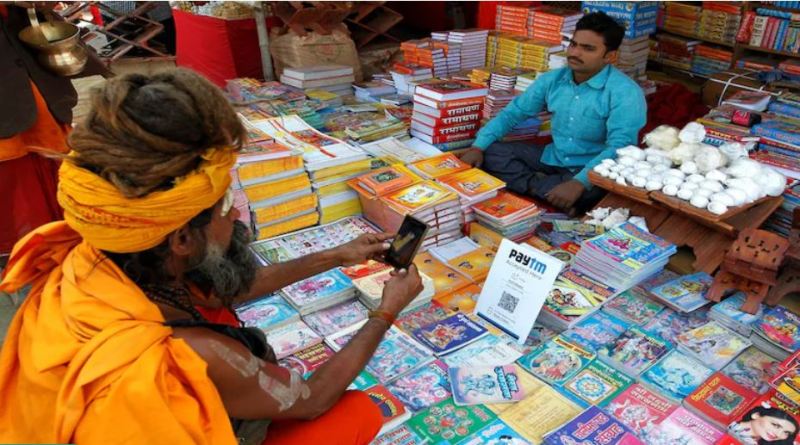New Delhi: The Department of Financial Services (DFS) is reviewing the GST turnover threshold for merchants and the possible introduction of a merchant discount rate (MDR) on UPI payments.
In recent months, DFS has sought feedback from banks, the Reserve Bank of India (RBI), and the National Payments Corporation of India (NPCI). The consultations focused on whether the current GST filing slab should be raised and how MDR could be implemented for merchant UPI transactions.
Currently, merchants must register for GST if their annual turnover exceeds ₹40 lakh for goods or ₹20 lakh for services. Several lenders have suggested increasing this limit to ₹1 crore to reduce compliance burdens for small businesses.
The push comes after Karnataka’s Commercial Tax Department sent notices to merchants with turnover above ₹40 lakh, calculated on UPI transaction value. This led some merchants to stop accepting digital payments and shift to cash — a move seen as counterproductive to India’s goal of formalising business transactions.
MDR, the commission payment companies charge merchants for processing digital transactions, has been a long-standing demand of payment providers, especially after government subsidies for UPI were reduced earlier this year.
Senior finance ministry officials say the idea is to spare smaller merchants from complex GST compliance. While GST registration does not mean paying tax if income is below taxable limits, the process itself can be burdensome.
RBI has also asked banks for data on the cost of running UPI and on merchants’ turnover based on current account records. There are around 35 crore merchant UPI QR codes in India, with 64% of the nearly 20 billion UPI transactions happening at merchant outlets.
Bankers warn that mandatory MDR or strict GST compliance could push merchants back to cash, undoing years of progress in digital payments.










